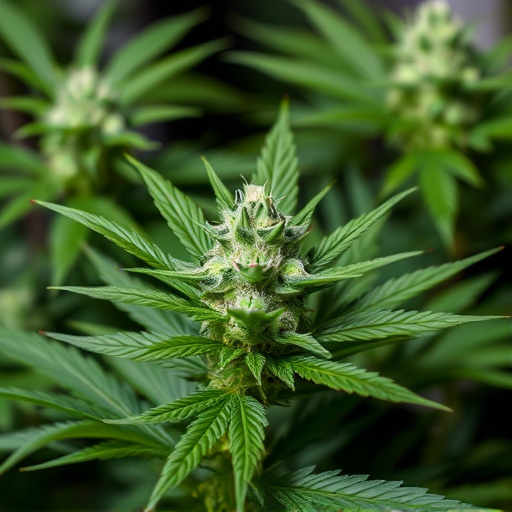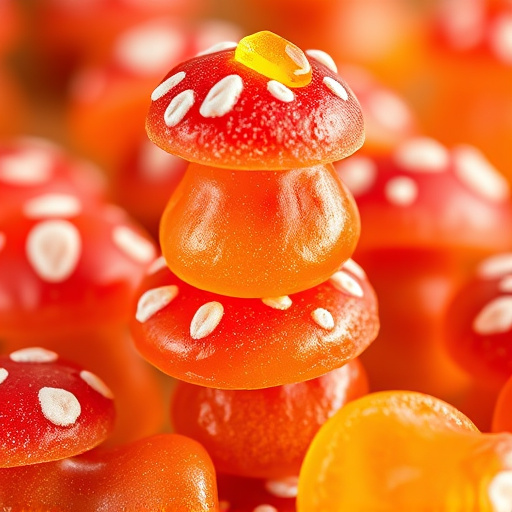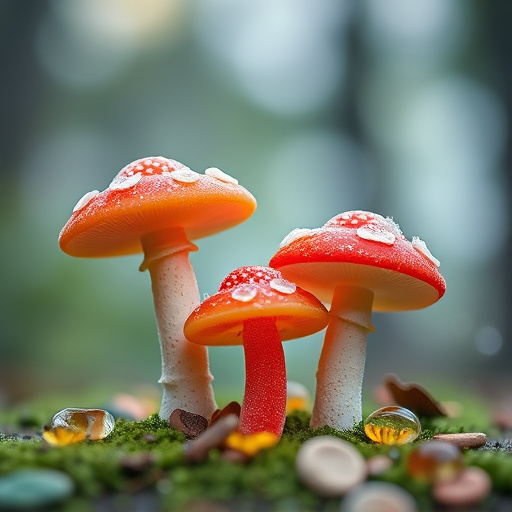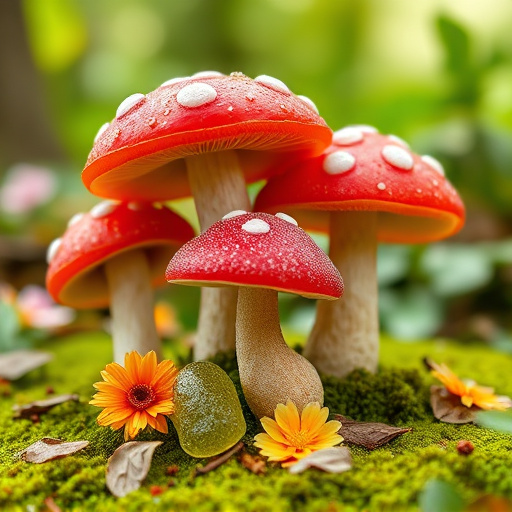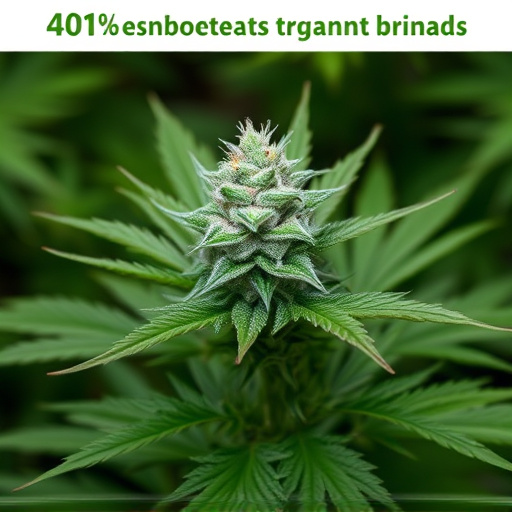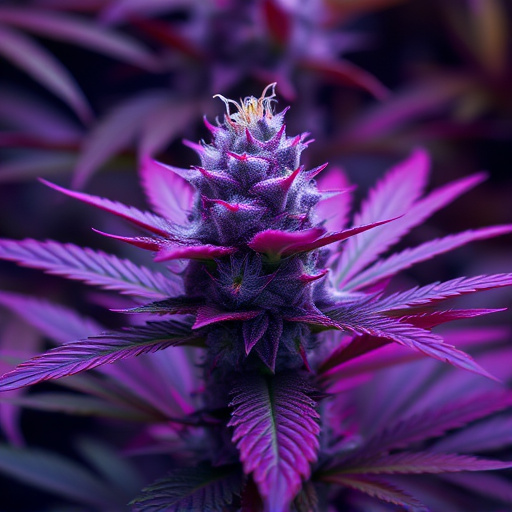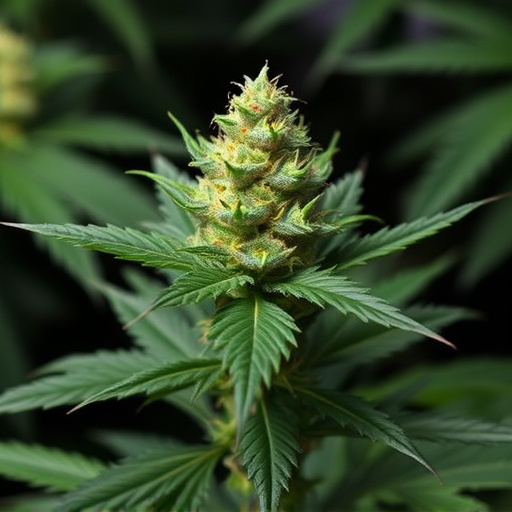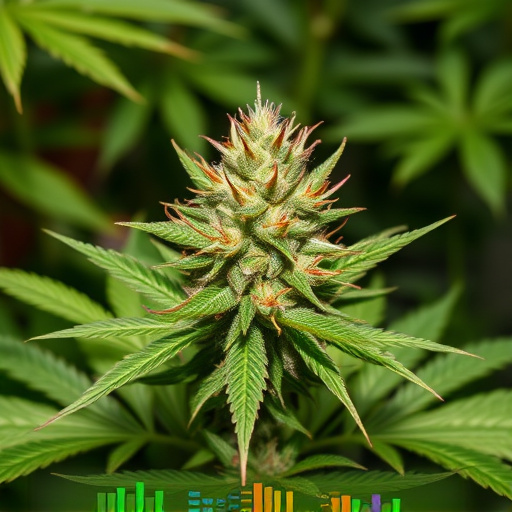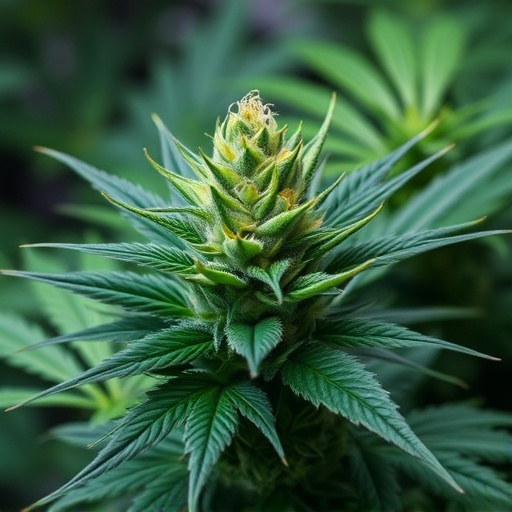Cannabis flowers contain a diverse range of chemical compounds, with tetrahydrocannabinol (THC) and cannabidiol (CBD) being the best-known. THC influences mood, memory, appetite, and pain perception, while CBD offers potential therapeutic benefits. Terpenes and flavonoids contribute to cannabis' unique aroma. Indica strains, high in THC, induce relaxation and euphoria, while Sativa strains, richer in CBD, enhance creativity and focus. The impact of cannabis on mood varies greatly among individuals based on personal factors like age, gender, genetics, tolerance, and mental health status, with high-potency strains eliciting diverse emotional responses.
Cannabis flower’s impact on mood and emotions is a fascinating subject, especially with its growing legality and increasing popularity. This article delves into the science behind how cannabis interacts with our brains, exploring its complex chemistry and the varying effects it can have. We’ll navigate through popular strains known for their potent mood-enhancing properties, from Sativa to Indica hybrids, and uncover individual differences that shape one’s experience. By understanding these factors, users can make informed choices regarding the most potent strains of cannabis suitable for their needs.
- Understanding Cannabis Flower Chemistry and Its Effects on the Brain
- Exploring Popular Strains and Their Mood-Enhancing (or -Dampening) Properties
- Individual Differences: How Personal Factors Shape Your Experience with Cannabis Flower
Understanding Cannabis Flower Chemistry and Its Effects on the Brain
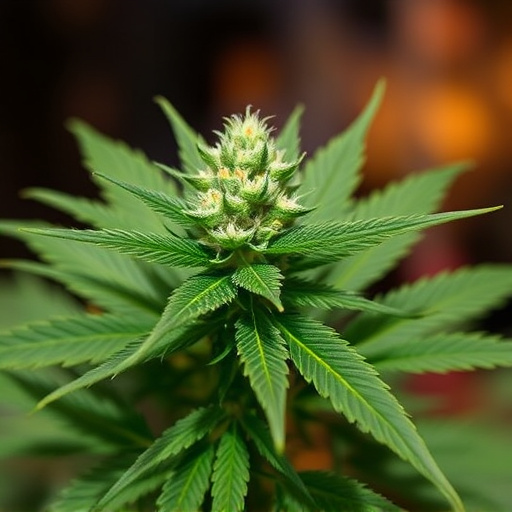
Cannabis flowers contain a complex mix of chemical compounds, with tetrahydrocannabinol (THC) and cannabidiol (CBD) being the most well-known. THC is responsible for the majority of cannabis’ psychoactive effects, directly interacting with the endocannabinoid system in our brains. This system plays a key role in regulating mood, memory, appetite, and pain perception. When THC binds to specific receptors, it can induce a range of effects on emotions and cognitive functions.
The chemistry of cannabis flowers is intricate, with various terpenes and flavonoids contributing to the unique aroma and potential therapeutic benefits. Certain strains are renowned for their high THC content, often considered the most potent among popular varieties. These strains can offer intense sensory experiences, but their impact on mood may vary widely from individual to individual. Understanding the specific chemical profiles of different cannabis flowers is crucial in navigating the effects on one’s emotional state and overall well-being.
Exploring Popular Strains and Their Mood-Enhancing (or -Dampening) Properties
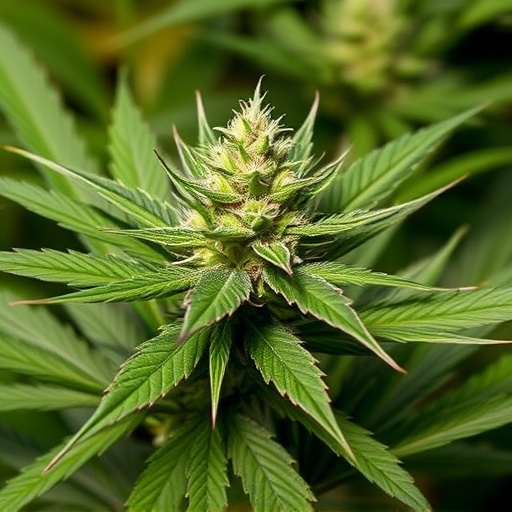
Cannabis flower, with its diverse range of chemical compounds known as cannabinoids, offers a unique experience for users, often influencing mood and emotions. Exploring popular strains can shed light on their distinct effects. For instance, Indica strains are renowned for their calming and relaxing properties, making them popular choices for those seeking to unwind and alleviate stress or anxiety. These strains tend to have higher levels of cannabinoids like THC, known for its mood-altering effects, and often include potent varieties like Granddaddy Purple or Northern Lights, which can induce a sense of euphoria and deep relaxation.
On the other hand, Sativa strains are celebrated for their uplifting and energizing qualities. They are favored by individuals looking to enhance creativity, focus, and social interactions. Popular Sativas such as Blue Dream or Jack Herer boast higher levels of CBD, which can counteract some of THC’s more sedative effects while still promoting a positive mindset. This balance contributes to the strain’s reputation for boosting mood and elevating emotional well-being, making them go-to choices for users seeking mental stimulation and a boost in productivity.
Individual Differences: How Personal Factors Shape Your Experience with Cannabis Flower
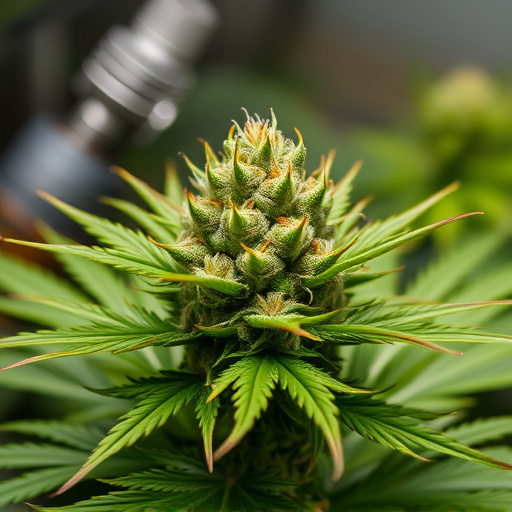
The effect of cannabis flower on mood and emotions can vary greatly from person to person, highlighting the significant role played by individual differences. Factors such as age, gender, genetics, and personal tolerance or sensitivity to cannabinoids significantly shape one’s experience. For instance, younger individuals might exhibit heightened vulnerability to cannabis’s psychotropic effects, while older adults may have a different response due to changes in brain chemistry. Similarly, women are known to metabolize cannabis differently than men, potentially leading to distinct emotional responses.
When considering the most potent strains of cannabis, these individual variations become even more pronounced. Strains with high concentrations of THC (tetrahydrocannabinol), often sought after for their intense effects, can evoke a range of emotions from euphoria and relaxation to anxiety or paranoia in different individuals. Personal history and mental health status also come into play; those with pre-existing mood disorders may experience either exacerbation or amelioration of symptoms, depending on various factors including strain potency and consumption method.
Cannabis flower’s impact on mood and emotions is a complex interplay between its unique chemical composition and individual user experiences. By understanding the effects of specific strains, such as those known for their high THC content or unique terpene profiles, users can navigate the market to find potential mood boosters. However, it’s essential to recognize that personal factors like tolerance, mindset, and overall health significantly shape one’s experience. Further research into cannabis’s therapeutic potential is crucial to unlocking its full benefits while ensuring safe and responsible use of this versatile plant, especially when exploring the most potent strains of cannabis.
